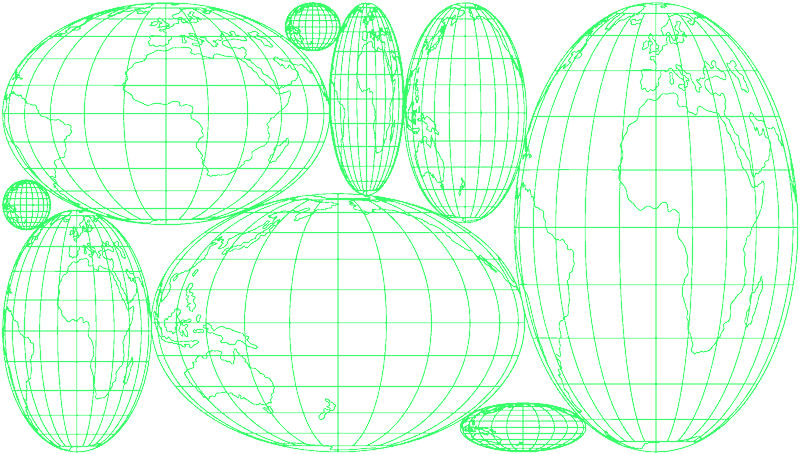WARSAW
Aglaia Konrad
Alina, Barbara, Halina,
Helena, and Zofia
The work focuses on the twentieth-century architects of Warsaw.
The history of female architects in Poland is unique in comparison to other countries. As early as 1920, women in Poland were given the right to study at universities and to work in architectural firms after graduating. For Aglaia Konrad, seeing the work of landscape architect Alina Scholtz (1908–1996) opened the door to a whole range of exciting Polish architects, and she has chosen five representatives as the core of her work: “Alina Scholtz – landscape architect, Barbara Brukalska – architect, theorist, member of the Praesens group, Halina Skibniewska – architect, urbanist, professor, and member of parliament, Helena Syrkus – architect, translator, and educator, and Zofia Hansen – architect and co-founder of the Open Form theory. All were members of the Warsaw Housing Association (WSM – Warszawska Spółdzielnia Mieszkaniowa), active socialists, and representatives of a radical and secular Polish left. When planning community housing developments, they set themselves two goals: to provide a certain amount of housing space for the most disadvantaged, and to guarantee the availability of greenspace to promote connection to one’s place of residence, i.e., to create a place that residents feel is their own, thereby increasing their quality of life.” (From the artist statement)
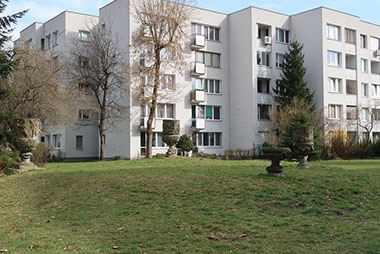
Alina, Barbara, Halina, Helena, and Zofia, inkjet print on archival paper, 22,9 x 15,8 cm
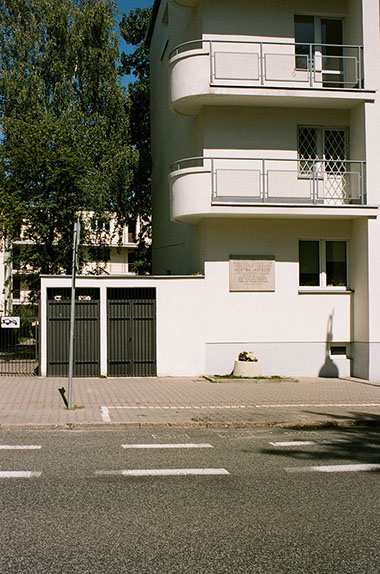
Alina, Barbara, Halina, Helena, and Zofia, inkjet print on archival paper, 22,9 x 15,8 cm
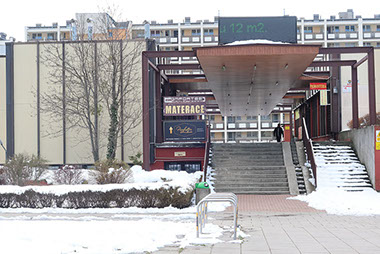
Alina, Barbara, Halina, Helena, and Zofia, inkjet print on archival paper, 22,9 x 15,8 cm
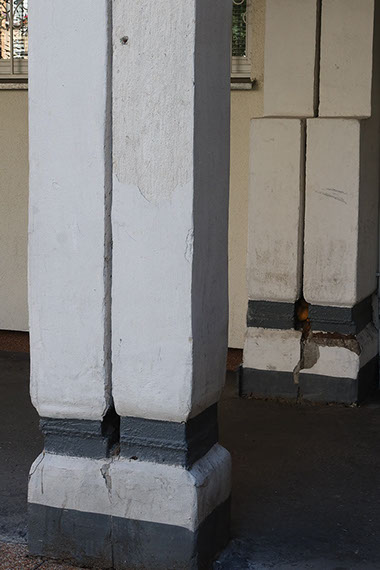
Alina, Barbara, Halina, Helena, and Zofia, inkjet print on archival paper, 22,9 x 15,8 cm
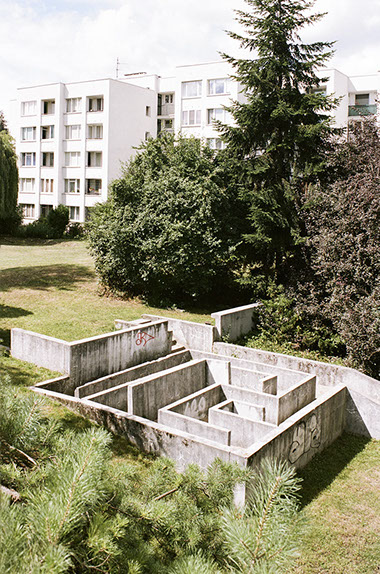
Alina, Barbara, Halina, Helena, and Zofia, inkjet print on archival paper, 22,9 x 15,8 cm
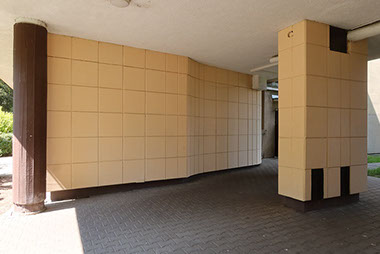
Alina, Barbara, Halina, Helena, and Zofia, inkjet print on archival paper, 22,9 x 15,8 cm
